Sage Seeds

Herb Specifications
Season: Perennial
USDA Zones: 5 - 9
Height: 18 - 30 inches
Bloom Season: Summer
Bloom Color: Mauve
Environment: Full sun
Soil Type: Well-drained, pH 6.6 - 7.8
Deer Resistant: Yes
Latin Name: Salvia Officinalis
Planting Directions
Temperature: 60 - 70F
Average Germ Time: 14 - 21 days
Light Required: Yes
Depth: Press seed onto surface of soil, cover lightly with peat moss
Sowing Rate: 1 seed per 2 inches
Moisture: Keep moist until germination
Plant Spacing: Rows 18 inches a part; thin seedlings 12 inches
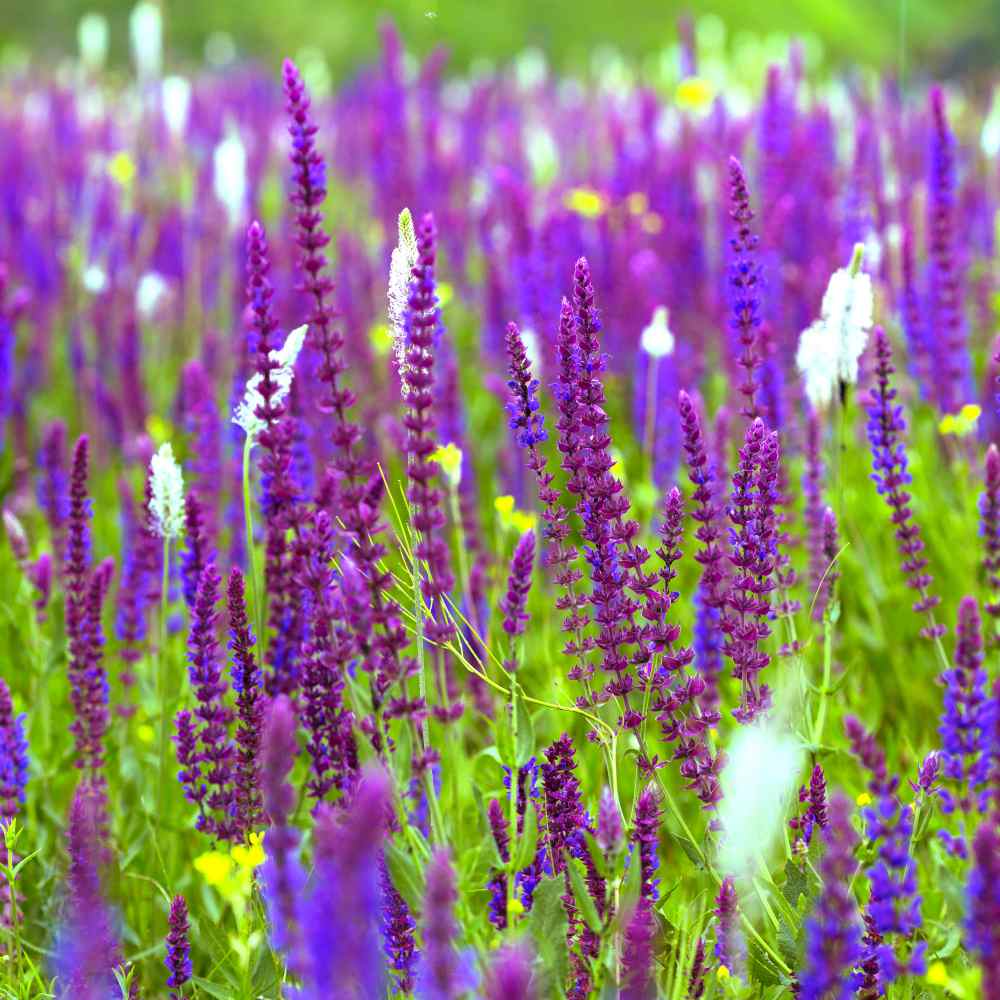
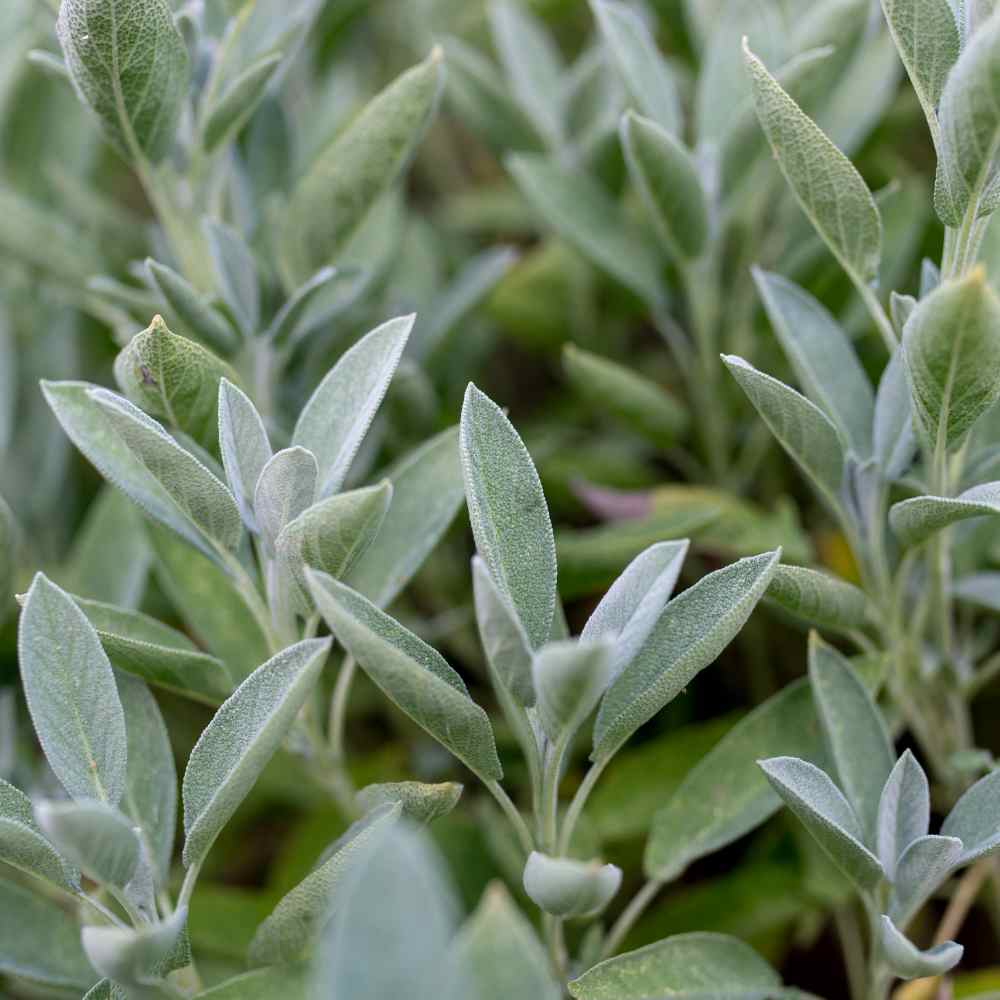
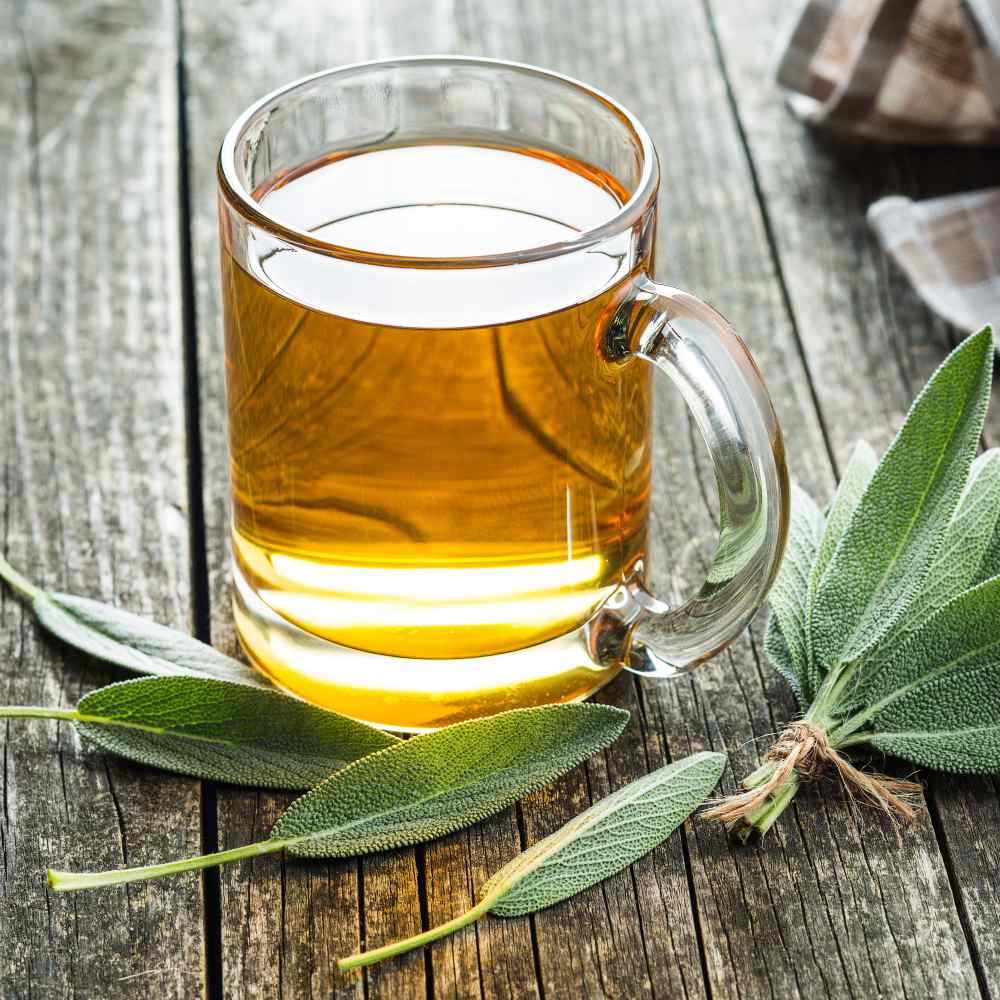
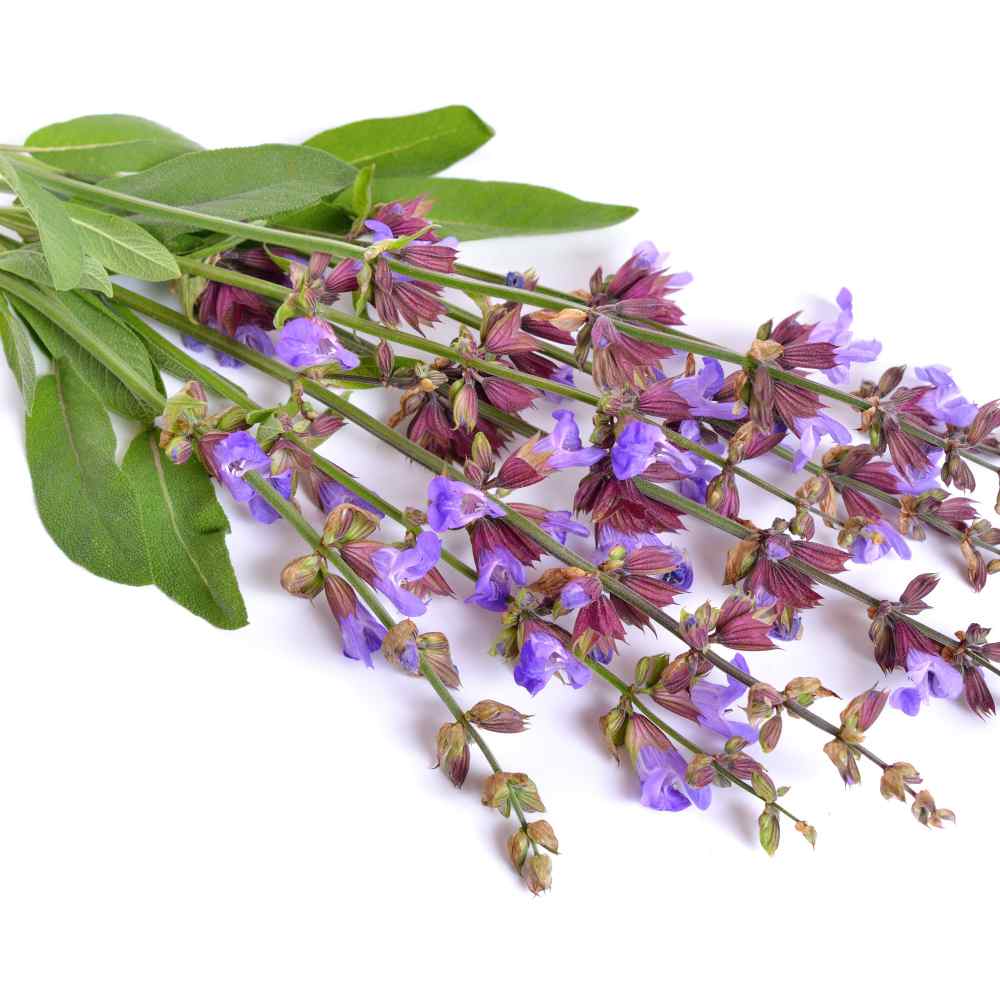
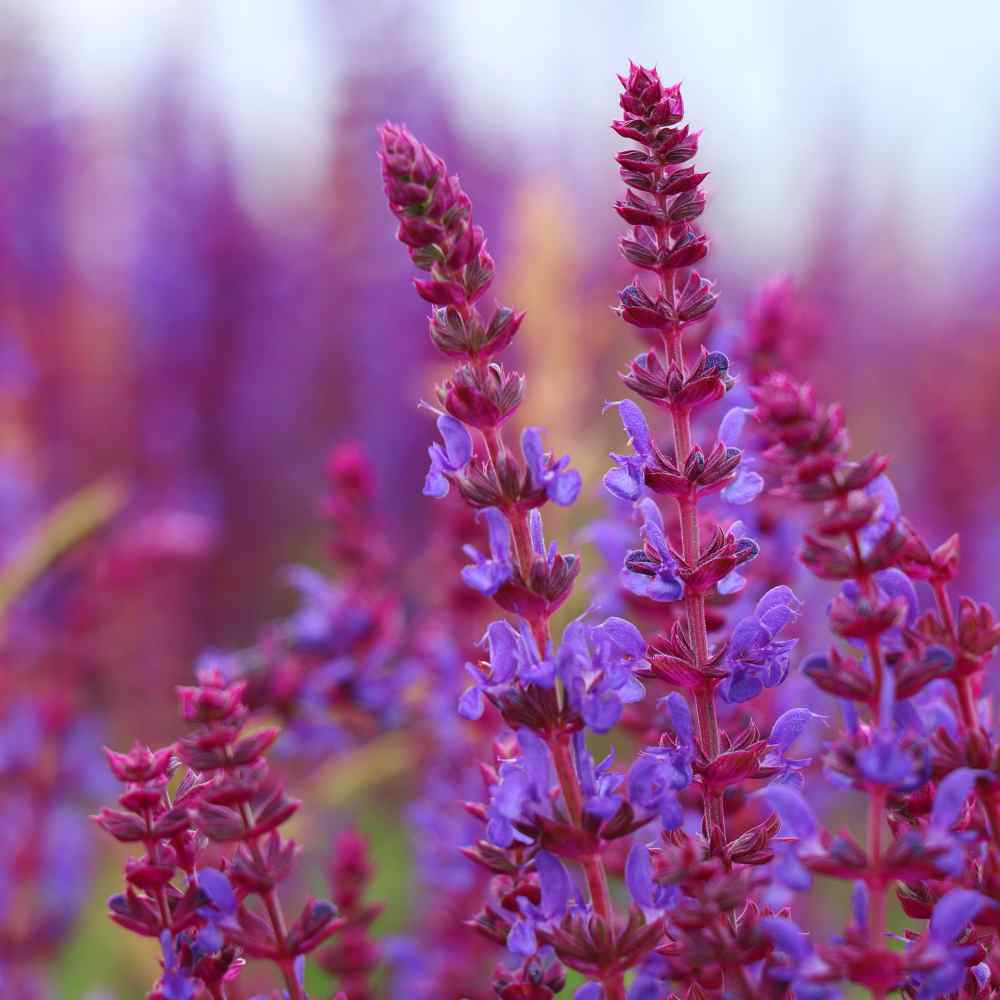
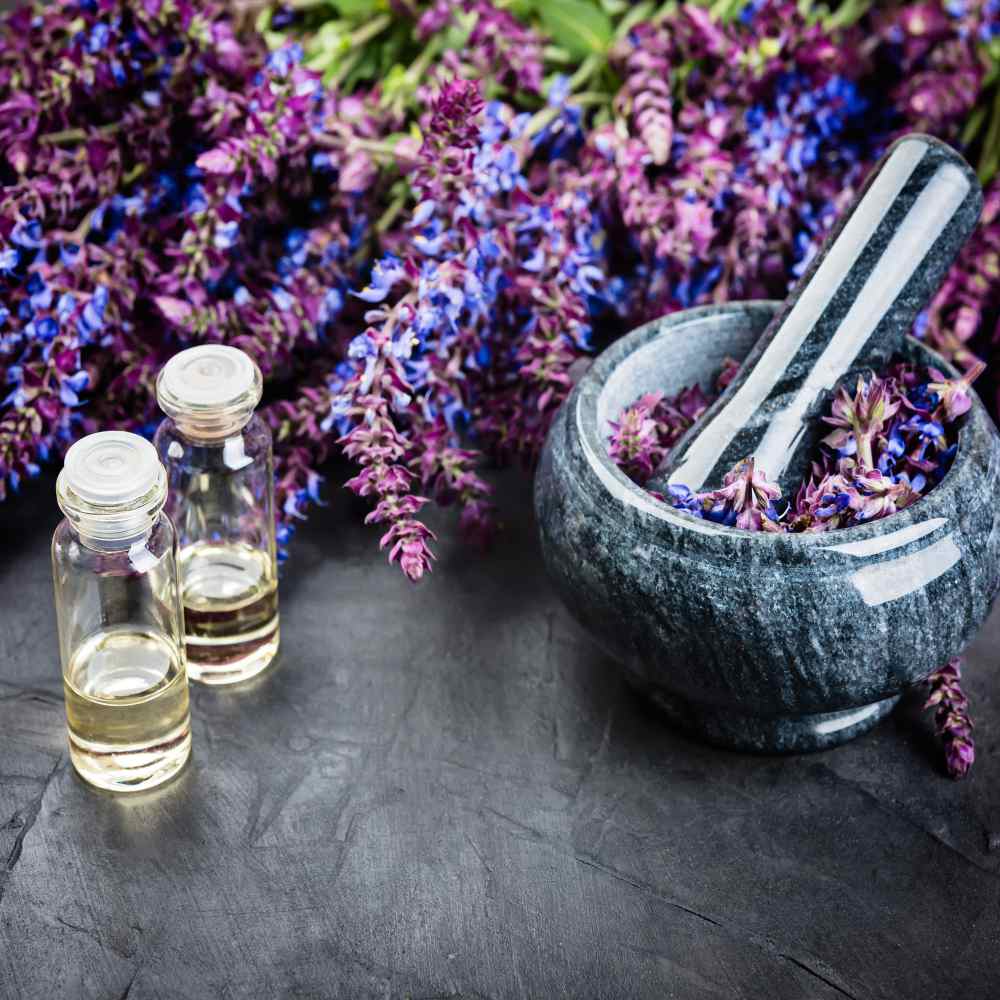
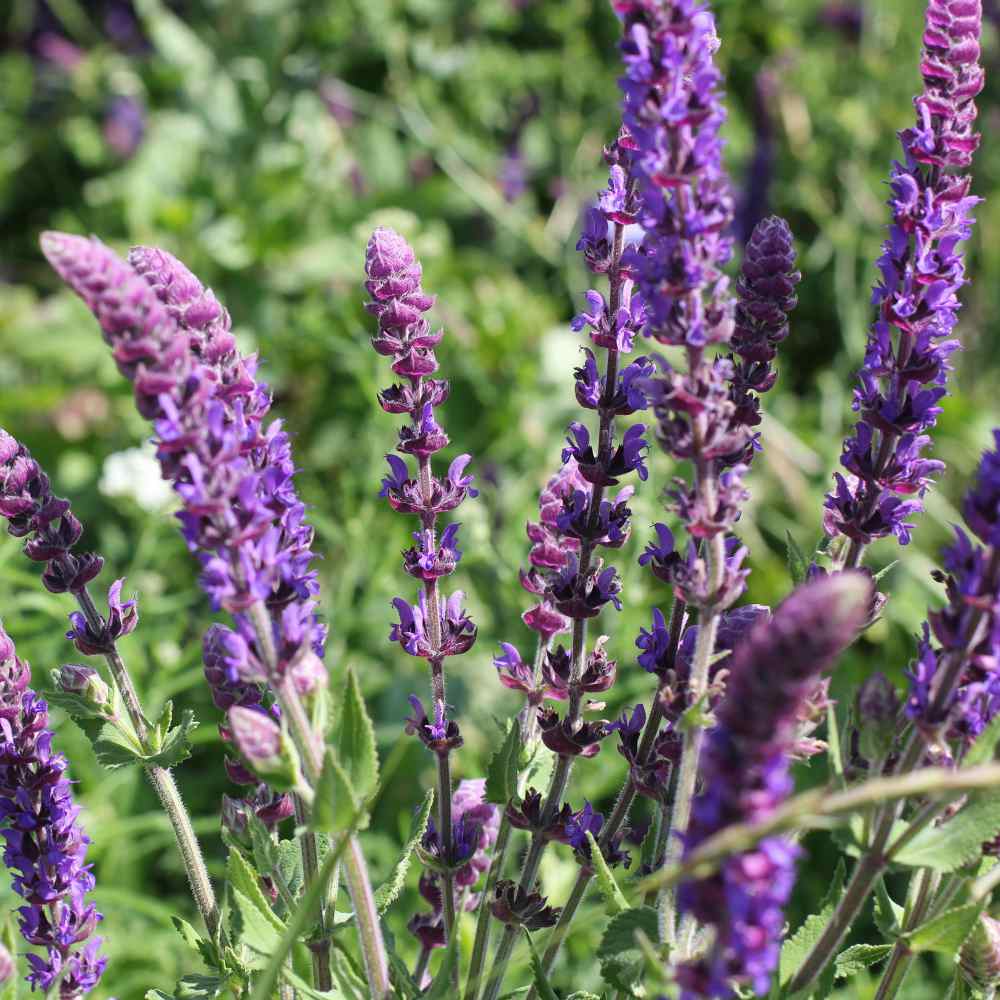
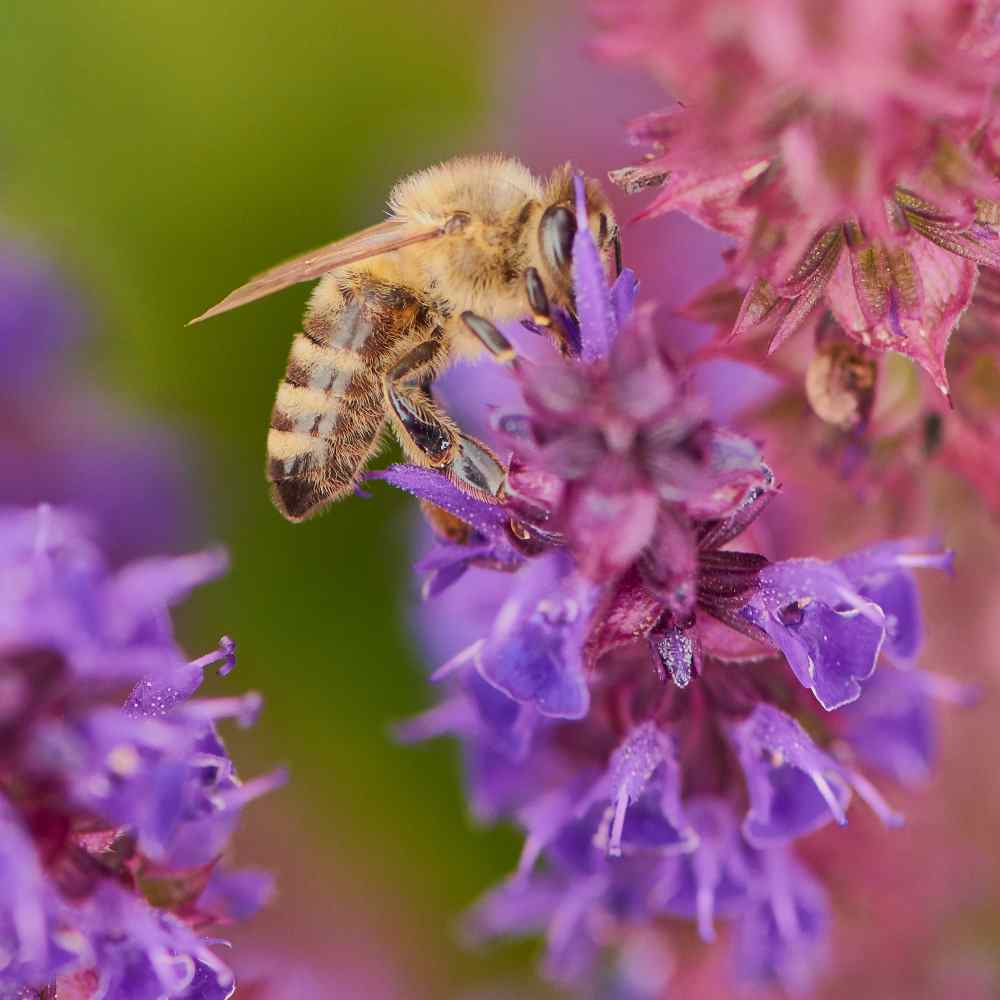
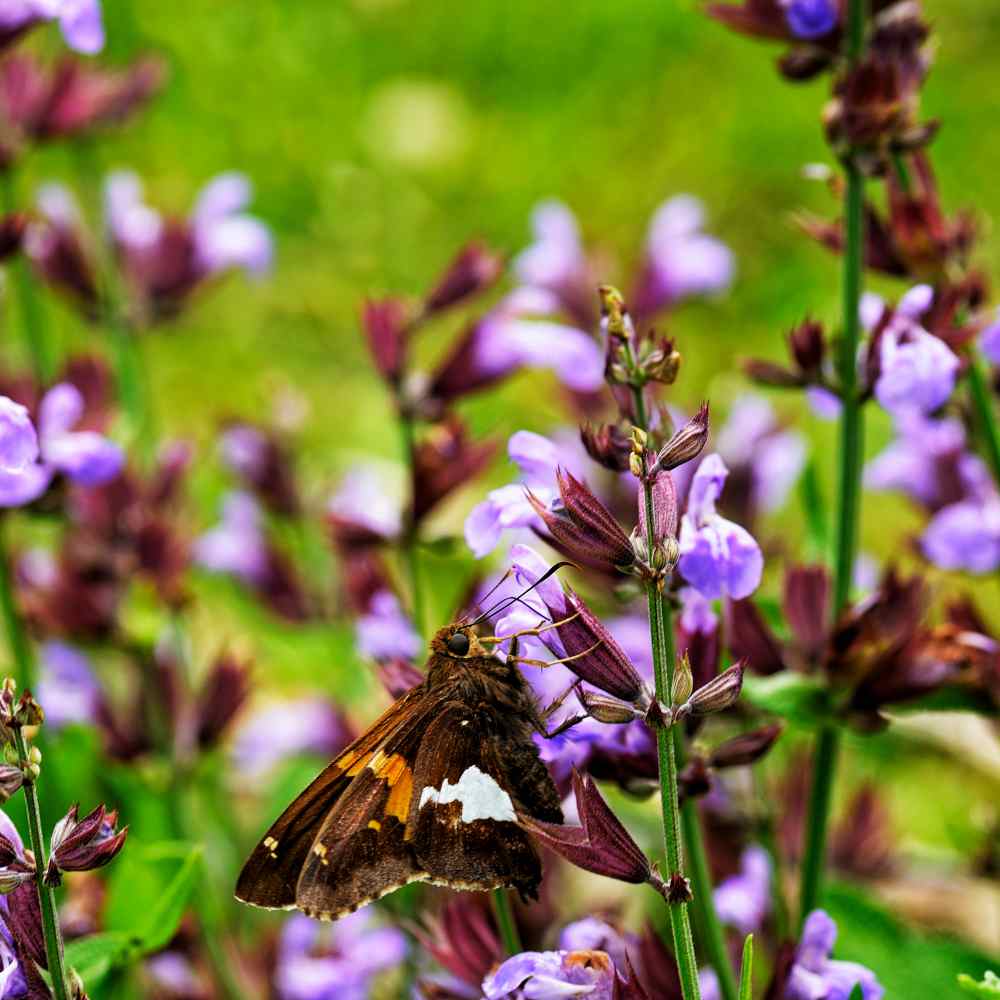
Sage (Salvia Officinalis) - Here's an easy-to-grow from herb seeds addition to the garden! The Sage herb has fragrant gray-green leaves and attractive mauve flower spikes in early summer. It's highly attractive to birds, bees and butterflies. Sage has a long history of medicinal and culinary uses. It's most well-known use is in Thanksgiving dressing! It's also a very attractive, evergreen perennial that produces mauve colored flowers during the blooming season. It is an excellent ground cover for edging sidewalks or garden pathways where its attractive foliage and flowers can be appreciated. Many people also dry sage for creating aromatic wreaths and dried flower arrangements. It's such a versatile plant, growing in a rock garden or bordering an herb garden and so easy to start from Sage seeds.
How To Grow Sage From Herb Seeds: To get a jump start, sow Sage seeds indoors 6 weeks prior to the end of frost season. For areas with a longer growing season, sow Sage herb seeds in well-drained, neutral to alkaline soil in full sun after danger of last frost is over. Performs best in rows 18 inches apart. Thin plants to 12 inches apart when they are 2 inches tall.
For maintenance, prune out the woodiest stems and spent flower stalks each spring. To help the plant to harden off for the winter, stop harvesting early in the fall. After a few years, Sage herb plants become quite woody and less productive. Plan a year ahead to replace them. Replace plants every 3 - 4 years. To help the Sage plant get established, harvest lightly the first year. For harvesting the second year, leave a few stalks in place to allow the plant to rejuvenate.
Gorgeous Garden Herb!
Sage is not only useful as an herb, but its stalks of vivid red-purple flowers and stems are truly riveting as well!

Easy To Establish!
How To Grow
Sage seeds should be sown indoors 6 weeks before the last expected frost. Seeds should be surface sown and pressed into soil, but do not cover: light is required for germination. In regions with a long growing season, these seeds can also be started directly outdoors: sow outside after all danger of frost has passed. Use soil that is well-drained and plant in an area of full sun. For maintenance, prune out the woodiest stems and spent flowers stalks each spring. To help the plant harden off for the winter, stop harvesting in early fall.
- Soil: well-drained with pH 6.6-7.8
- Planting depth: press into soil but do not cover
- Plant spacing: rows 18 inches apart

Plant Information
Sage is a beautiful garden herb: it is a perennial that grows in USDA zones 5 through 9. It is excellent at attracting pollinators, including bees, butterflies, and hummingbirds. This plant should thrive for a few years before becoming less productive.
- Bloom season: summer
- Bloom color: mauve
- Height: 18-30 inches
- Deer resistant: yes































